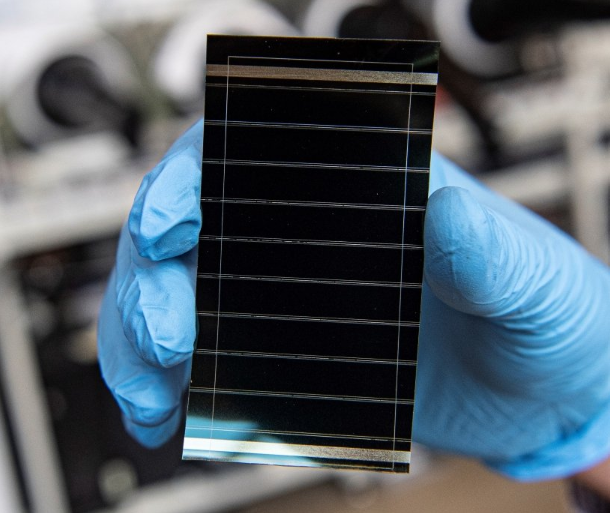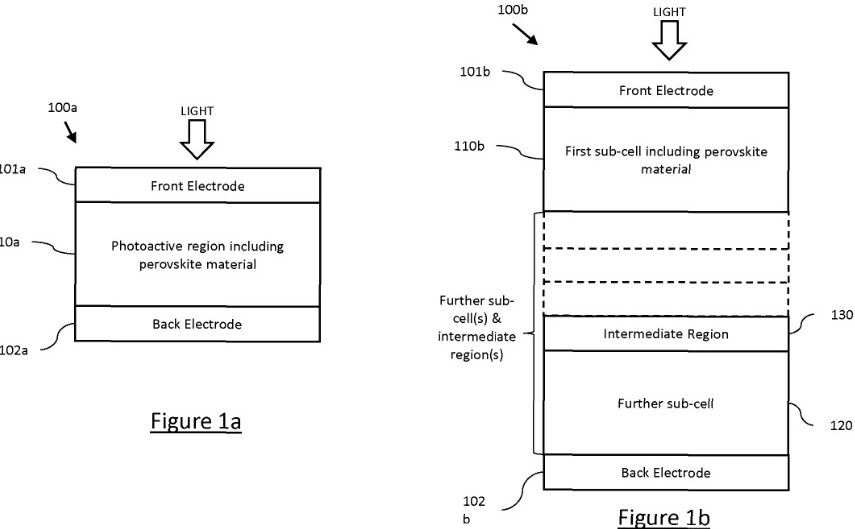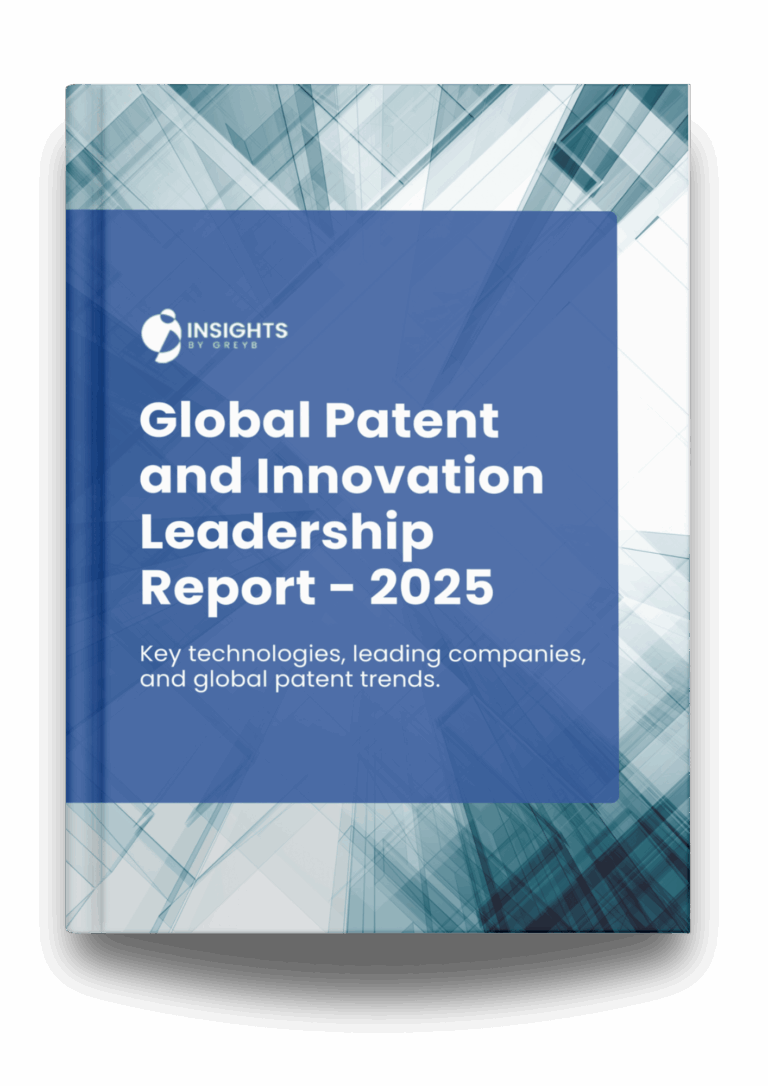Are perovskite cells a game-changer for solar energy? They might be more efficient than traditional silicon solar cells.
But why do we even need new solar cells? Standard silicon solar cells are relatively inefficient, capturing only about 20-25% of sunlight on a commercial scale. Moreover, the production of silicon cells involves energy-intensive mining and purification processes, requiring temperatures of 1000 degrees Celsius. Perovskite, a promising new material, may offer solutions to these challenges.

Key Features and Advantages of Perovskite Cells
1. High Efficiency: Perovskite solar cells achieve power conversion efficiencies over 25%, rivaling traditional silicon cells.
2. Low-Cost Materials and Manufacturing: Perovskite solar cells use abundant, inexpensive materials and simpler manufacturing processes.
3. Thin-Film Technology: Perovskites hold promise for creating solar panels that could be easily deposited onto most surfaces, including flexible and textured ones. It can work on thin film to power your smart home speaker or can also go on your roof.
4. Tunable Bandgap: The band gap of perovskite materials can be adjusted for optimal solar spectrum absorption.This tunability allows for the optimization of the solar spectrum absorption, making them suitable for tandem solar cells, where they can be combined with other types of solar cells to achieve higher overall efficiencies.
5. Scalability: Production techniques for perovskite solar cells are scalable, enabling large-scale manufacturing.
6. Aesthetic Versatility: Perovskite solar cells can be made semi-transparent and in various colors, enhancing aesthetic options.
7. Stability and Durability: Advancements in material engineering have significantly improved the stability and durability of perovskite solar cells.
8. Lightweight and Flexible: The lightweight, flexible nature of perovskite solar cells allows integration into a wide range of products and surfaces.
9. High Absorption Coefficient: Perovskite materials have a high absorption coefficient, requiring only thin layers to absorb substantial sunlight.
10. Rapid Progress and Innovation: Continuous research and innovation are driving rapid advancements in the performance and stability of perovskite solar cells.
Oxford PV (Oxford Photovoltaics), a company founded by Oxford university graduates, has reached an efficiency of approx 29%!
Innovations behind Oxford PV Perovskite Solar Cells
US10622409B2: Photovoltaic device
This patent describes a photovoltaic device that includes a photoactive region comprising a perovskite material with specific cation and anion compositions to enhance performance and stability.

FIG. 1b illustrates schematically a multi-junction photovoltaic device
CN118160430A: Perovskite material and use thereof in photovoltaic devices
Recently, a class of materials called organic-inorganic halide perovskites has gained attention. These materials have a specific crystal structure (ABX3) and are excellent for absorbing light in solar cells due to their ideal properties.
The invention focuses on special materials called perovskites, which include lead (Pb) and tin (Sn) along with other elements.
Lead-Based Perovskites: Lead perovskites are efficient but have band gaps slightly higher than ideal, typically ranging from 1.5 to 1.8 eV, achieving up to 25.2% efficiency.
Tin-Based Perovskites: Tin perovskites have better band gaps (1.23 to 1.41 eV), which are closer to the ideal range, but they oxidize quickly and are less stable, making it hard to achieve efficiencies over 10%.
To balance efficiency and stability, researchers have combined lead and tin in perovskite materials: Mixed lead-tin perovskites degrade more slowly than pure tin perovskites and can reach up to 21.74% efficiency.
US20230420192A1: Method of depositing a perovskite material
This invention talks about a method that involves creating a smooth and uniform perovskite layer on a rough surface using vapor deposition and subsequent chemical treatment, resulting in an efficient photovoltaic device.
US10158033B2: Connection of Photoactive Regions in an Optoelectronic Device
The patent addresses methods to electrically connect photoactive regions within a layered optoelectronic device, optimizing the electrical performance and reducing the size of connections
Curious about other companies innovating in the Perovskite Solar Cell space?
Request a detailed patent landscape around this technology by filling out the form below:

